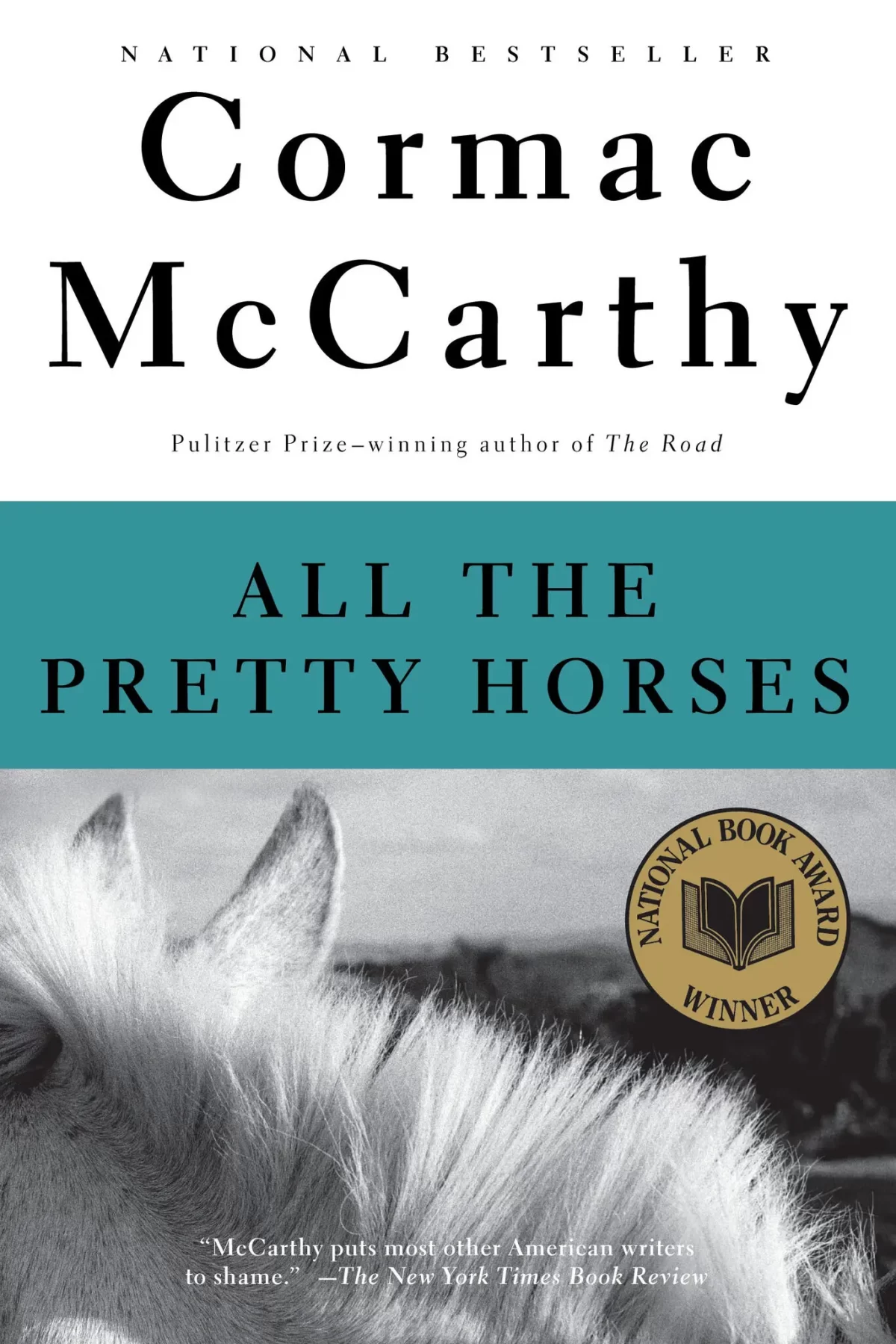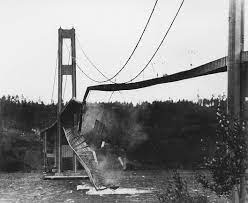Cormac McCarthy died last week. According to his New York Times (NYT) obituary, he was “the formidable and reclusive writer of Appalachia and the American Southwest, whose raggedly ornate early novels about misfits and grotesques gave way to the lush taciturnity of “All the Pretty Horses” and the apocalyptic minimalism of “The Road,” died on Tuesday at his home in Santa Fe, N.M. He was 89.” I came to McCarthy through his work All The Pretty Horses and it was one of the seminal books I have ever read. The only book I can compare it to is Now Let’s Us Praise Famous Men by James Agee and photographer Walker Evans. (Evan’s photos are as spectacular and as equally famous as Agee’s prose.) So today, as my tribute to McCarty, I wanted to take a deep dive into All The Pretty Horses and mine it for leadership lessons for the compliance professional.
Story Synopsis
All the Pretty Horses was published in 1992. It’s the first book in McCarthy’s Border Trilogy. The story begins in 1949 and is centered around the life of John Grady Cole, a 16-year-old who grew up on his grandfather’s ranch in San Angelo, Texas. After his grandfather’s death, his mother decides to sell the ranch, leaving John Grady, a born and bred cowboy, deeply affected.
Instead of giving in to the changing times, John Grady and his best friend, Lacey Rawlins, decide to head south to Mexico, looking for work as ranch hands. On their way, they encounter a volatile and troubled teenager, Jimmy Blevins, who despite their reservations, joins them. In Mexico, they find work on a vast ranch owned by Don Héctor Rocha y Villareal. John Grady becomes an accomplished horse breaker and falls in love with Don Hector’s daughter, Alejandra, which is forbidden given their different social classes.
However, their peaceful existence is disrupted when Blevins’ past catches up with them. Blevins is accused of horse theft and murder, and John Grady and Rawlins are arrested as his accomplices. Blevins is executed without a trial, while John Grady and Rawlins spend time in a harsh Mexican prison. After enduring the brutal prison conditions, they are released due to the efforts of Alejandra’s great aunt. However, Alejandra, under pressure from her family, ends her relationship with John Grady, which leaves him heartbroken.
John Grady returns to Texas and finds that the world he once knew has changed irreversibly. The novel ends with him setting off into the sunset, uncertain about his future, but with an unbroken spirit and love for the cowboy way of life.
The novel is a coming-of-age story that explores themes of loss, love, and the tension between the old world and the new. McCarthy’s unique narrative style, characterized by minimal punctuation and lyrical prose, underscores the raw beauty and harsh realities of life in the American Southwest and northern Mexico.
Leadership Lessons
All the Pretty Horses presents leadership lessons for the compliance professional through its protagonist John Grady Cole and his experiences. Here are some key leadership lessons we can glean for the compliance professional include:
Decision-Making: John Grady often must make tough decisions, like when he decides to leave his hometown to find a life that suits him better. His choice to help Blevins, despite the risk, also shows a lot about his character. Compliance leadership lesson– compliance professionals must understand that leadership often involves making difficult decisions, with both immediate and long-term consequences.
Responsibility: John Grady takes responsibility for his actions and their consequences. He faces up to his punishments and doesn’t shy away from difficult tasks. Compliance leadership lesson-every compliance professional must accept responsibility for their decisions, good or bad.
Courage: Throughout his journey, John Grady consistently shows courage, whether it’s dealing with the harsh conditions in the Mexican prison or standing up for his values. Compliance leadership lesson– every compliance professional needs to have courage to face adversity, take risks, and stand up for what they believe in. Sometimes you must speak truth to power and be willing to accept the consequences.
Perseverance: John Grady’s determination to survive and maintain his dignity, even in the harshest circumstances, reflects a crucial quality of a leader. Compliance leadership lesson-every compliance professional needs to show determination and the ability to bounce back from setbacks.
Respect and Empathy: John Grady respects the individuals he interacts with, from his fellow cowboys to the horses he works with. Compliance leadership lesson-every compliance professional must respect your colleagues and demonstrate empathy for their challenges in doing business going forward, which are qualities that are critical for a leader to have when dealing with their team.
Integrity: John Grady has a strong sense of moral integrity, sticking to his principles even when faced with challenging situations. Compliance leadership lesson-every compliance professional must always demonstrate integrity in all aspects of your professional life. This is a key trait for leaders, who must maintain integrity and honesty.
Adaptability: Even though John Grady faces a world that is changing around him, he learns to adapt while staying true to his values. Compliance leadership lesson-every compliance professional must adapt to new risks your business meets; whether through new business initiatives or a global pandemic. In short, compliance leaders must demonstrate the ability to adapt to changing circumstances while maintaining core values is crucial.
Failure: Through his relationship with Alejandra, John Grady learns about love, loss, and sacrifice. These experiences, though painful, help him grow and mature as a leader. Compliance leadership lesson-every compliance professional will have failures. How you learn from them will be a key to your development. Compliance professionals need to understand that personal growth often comes through fighting through difficulty.
If you have never done so, I would urge you to read All The Pretty Horses and I hope you find it as moving as I did.









